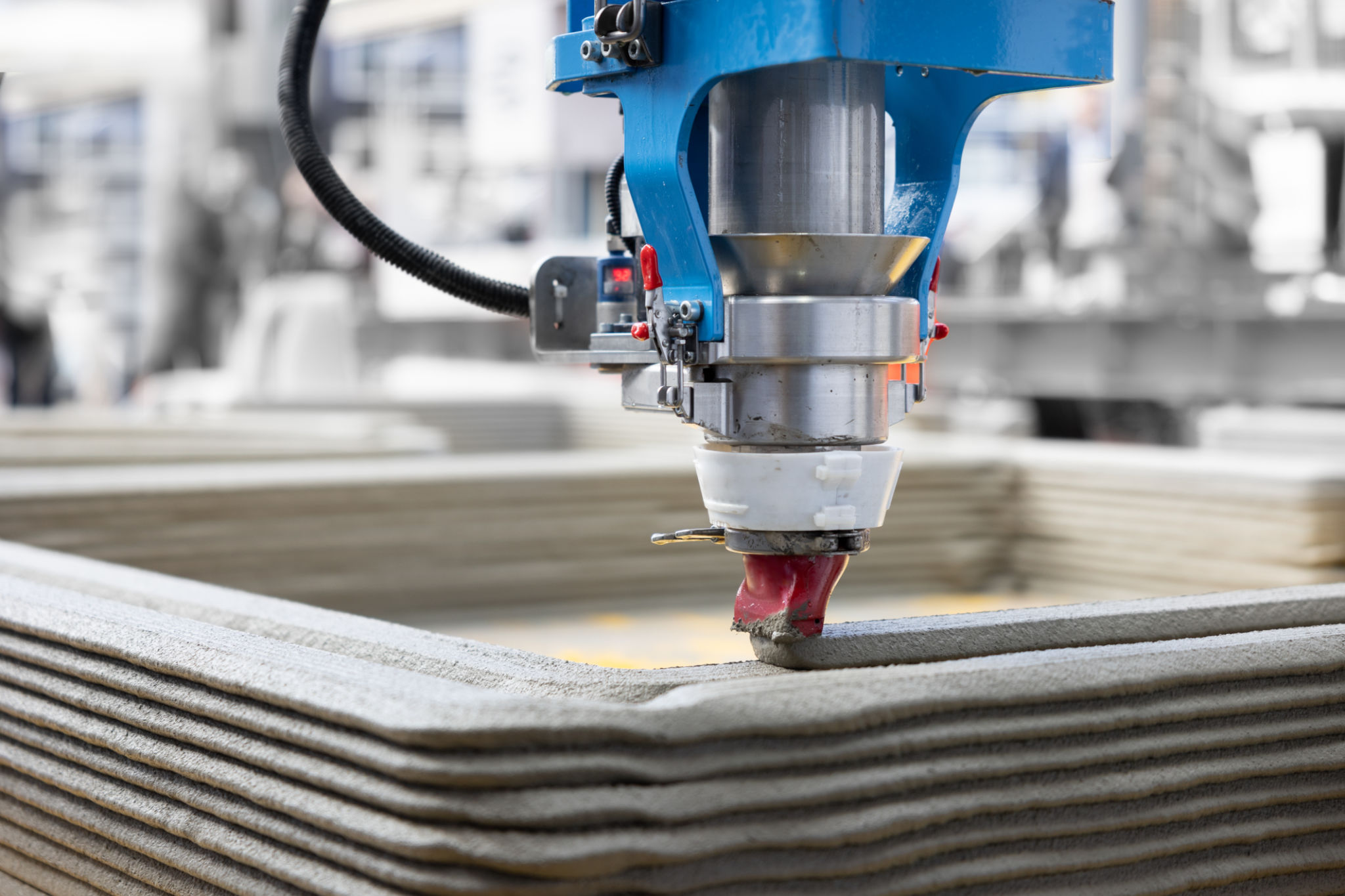Technology Innovations in Construction Equipment: What's New?
Advancements in Construction Equipment Technology
The construction industry has witnessed a remarkable transformation in recent years, driven by groundbreaking technological innovations. These advancements are not only enhancing efficiency but also significantly improving safety and sustainability on construction sites. From autonomous machinery to smart wearables, technology is redefining the landscape of construction equipment.

Autonomous Machinery: The Future of Construction
One of the most exciting developments in construction equipment is the rise of autonomous machinery. These self-operating machines are equipped with sensors, cameras, and GPS technology, allowing them to perform tasks without human intervention. Autonomous bulldozers, excavators, and loaders are becoming more prevalent, reducing labor costs and increasing productivity.
These machines utilize advanced algorithms to navigate complex terrains and execute tasks with precision. The integration of autonomous machinery not only streamlines operations but also minimizes the risk of accidents, making construction sites much safer environments.
Smart Wearables Enhancing Worker Safety
Construction sites are notorious for their hazardous conditions, but smart wearables are changing the game. These devices, such as augmented reality (AR) glasses and smart helmets, provide real-time data and alerts to workers, enhancing situational awareness. For instance, AR glasses can overlay digital information onto the physical environment, guiding workers through complex tasks with ease.

Moreover, smart wearables equipped with health monitoring sensors can track vital signs and alert supervisors in case of any anomalies. This proactive approach to safety management ensures that potential health issues are addressed promptly, reducing the risk of workplace accidents.
3D Printing Revolutionizing Construction
3D printing technology is making significant inroads in the construction industry. This innovative approach allows for the creation of complex structures with unprecedented precision and speed. From printing individual components to entire buildings, 3D printing reduces material waste and lowers overall construction costs.
The ability to print customized parts on-site also accelerates project timelines and enhances design flexibility. As the technology continues to evolve, 3D printing is expected to play an even more prominent role in shaping the future of construction.

Internet of Things (IoT) for Enhanced Connectivity
The Internet of Things (IoT) is transforming construction equipment into intelligent, interconnected systems. By embedding sensors in machinery and tools, IoT enables real-time data collection and analysis. This connectivity provides valuable insights into equipment performance and maintenance needs, optimizing operations and preventing unexpected breakdowns.
Additionally, IoT technology facilitates seamless communication between devices, ensuring that all components of a construction project are synchronized. This enhanced connectivity leads to more efficient project management and better resource allocation.
Sustainable Construction Practices
Sustainability is becoming a core focus in construction technology innovations. Eco-friendly equipment powered by renewable energy sources is gaining traction, reducing the industry's carbon footprint. Electric and hybrid machinery not only lower emissions but also decrease noise pollution, creating a more sustainable work environment.
Furthermore, advancements in materials science are leading to the development of sustainable building materials that are both durable and environmentally friendly. These innovations are paving the way for greener construction practices that prioritize environmental preservation.